Brussels sprouts 101: How to choose, store, season and cook the versatile vegetable
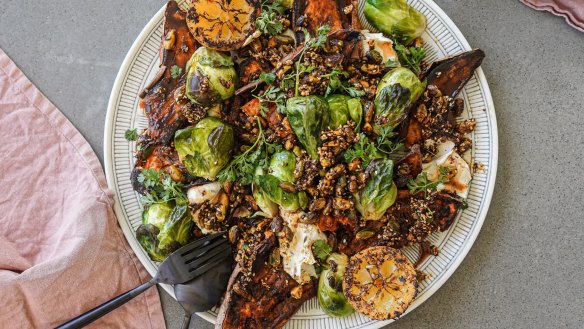
A recipe for "Brussels sprouts salad" published in 1936 instructed the cook to combine boiled sprouts with salt, lemon juice and lettuce and then "cover with mayonnaise dressing," promising it would be "a novelty at any dinner table". Now, 85 years later, sprouts are as common as broccoli and kale, and the only still-novel thing about them may be how they grow.

Gardeners and farmers' market regulars will know the surprising, wondrous way Brussels sprouts look before they're harvested: they bud atop the long leafed branches of a thick, almost 60cm-tall stalk.
Nestled between stalk and branch, each sprout grows to between 2cm and just shy of 5cm in diameter. Once harvested, the doll-size cabbages can be sold still attached to their stalks or, more commonly, in bags or loose, ready for trimming and cooking.
They're at their peak from June through to September, and they're sweeter after spending a frost on the stalk.
If you try to saute from raw, you end up steaming them instead of crisping or caramelising.
Though they're miniature cabbages, they're not as sturdy as the larger variety, and benefit from more gentle care. Because they're similarly bite-size, it's tempting to treat Brussels sprouts like green beans or baby carrots, but they're nothing alike when it comes to taste.
Here's how to pick and prepare them, whether you plan to serve them alongside a Sunday roast or for a weeknight dinner.
Choose
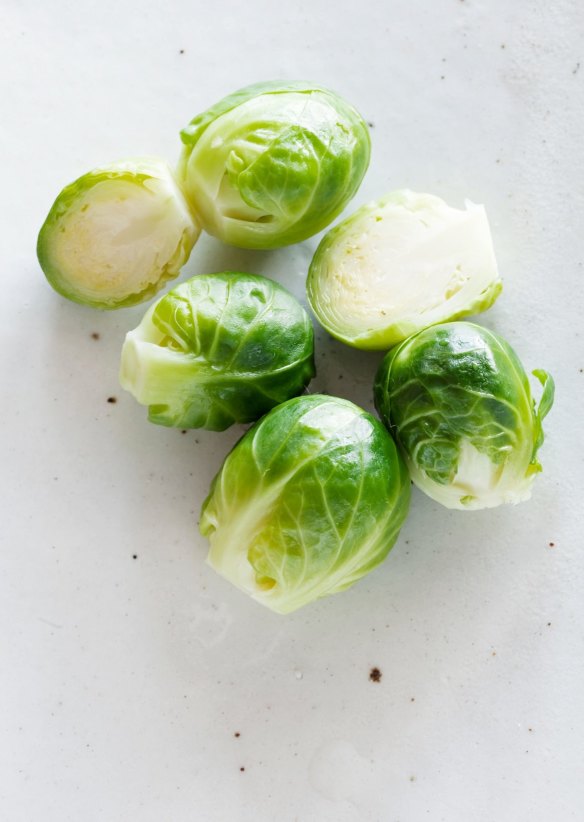
On or off the stalk, look for sprouts that are compact, with tight leaves. You'll be able to tell how freshly cut sprouts are by examining the stem end: It should look dry, but not brown or, worse, moldy.
Store
Marian Morash, writing in The Victory Garden Cookbook, calls Brussels sprouts "miniature perfection", but notes that they pick up a strong flavour during storage, so it's best to use them as soon as possible.
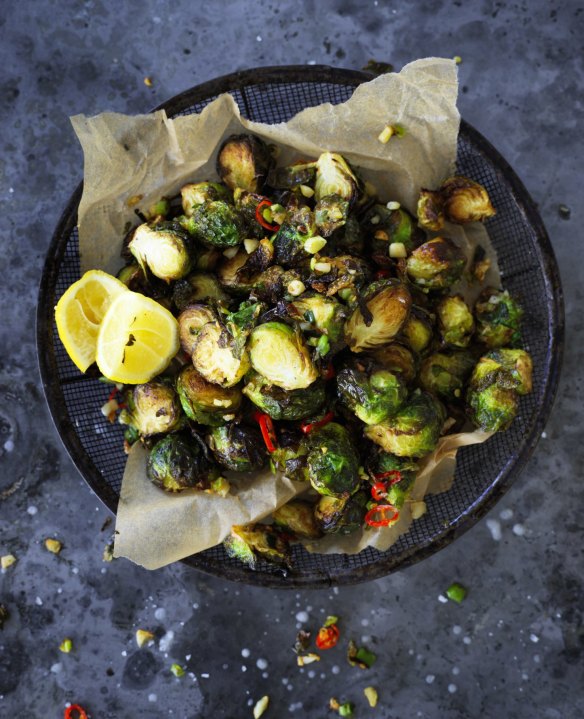
Chef, culinary activist and author Preeti Mistry notes that if you buy them on the stalk, you can keep them in a dry, cool place for a few days. Once off the stalk, you'll want to keep them in the fridge.
Chef Barbara Sibley watches the tender baby leaves that are on the outside of the bud; they're especially sweet, and are the first to wither. "Sometimes I'll put about 1cm of water in a shallow container and stand the sprouts up in it to keep them crisper," Sibley says. "Though they're hardy, remember that they're plants, so treat them gently like the sprouts that they are."
To freeze, Morash suggests blanching washed and trimmed sprouts in boiling water for three to five minutes, depending on size, chilling on ice, draining and allowing to dry completely before freezing in bags or containers. Sprouts can then be seasoned and cooked straight from the freezer.
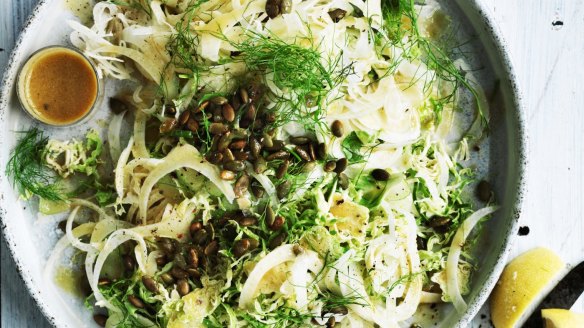
Cook
Like many other members of the cabbage family, Brussels sprouts can be eaten raw, shredded and dressed or marinated, especially when very fresh.
If you're buying them from the supermarket, or you know they're more than a few days old, cooking – blanching, steaming, roasting, grilling or pan-frying – will help temper some of their strong flavours.
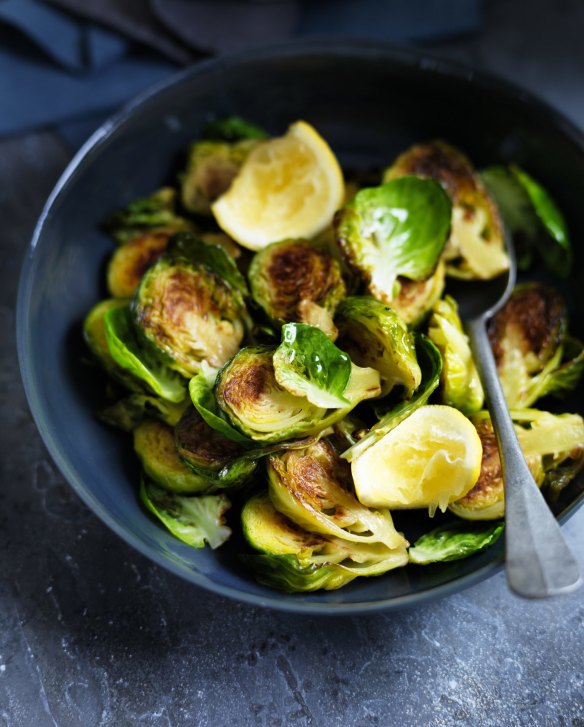
Halved sprouts can be tossed in oil, salt and pepper and roasted until browned. Morash suggests cutting a small crosshatch into the trimmed ends before steaming or blanching so that their firm cores cook more quickly.
Steamed sprout petals can be added to soups as a garnish; add blanched, quartered or halved sprouts to soups or stews in the final few minutes of cooking. Overcooking them tends to render them mushy and brings out their acrid flavours and smells.
One of the reasons many people tend to enjoy the Brussels sprouts they eat at a restaurant is because of a two-step cooking process: "Generally we'd par-cook them, and then finish them to order," Mistry says. "So I'll cut them into quarters, roast just until they're cooked through but not browned, and finish them on the stove to order. If you try to saute from raw, you end up steaming them instead of crisping or caramelising."
To speed up the cooking process, you could cut them in half and then slice them into thinner pieces before pan-frying quickly, Mistry says. They'll cook evenly in one pan, and can get crispy over high heat, though they'll lose the varied texture they retain when cooked in larger pieces.
"I like to put them in tacos, and not unlike a tender meat, I want there to be a nice bite left to them, right at the core," Sibley says. "I'll quarter them and give them a quick blanch, and then finish them in a pan." That ensures they retain some texture and absorb any flavours added in the way of a sauce or seasoning.
Season
Some prefer their sprouts seasoned simply with salt and pepper, but the vegetable's strong flavours mean they pair well with stronger or complementary seasonings and sauces. "You want to play to the sprouts' strengths," Sibley says.
Sibley sautes quartered, blanched sprouts in a smoky sauce made from arbol and ancho chillies(try this quick red sauce recipe from Neil Perry). "Once they're cut and cooked just until tender, the core stays a little chewy and the leaves open a bit, leaving little gaps for the salsa to sneak into," she says. Piled into a tortilla with cheese and sour cream, "it's a meaty taco without any meat".
At home, Sibley says she might use sweetness to offset the sprouts' bitterness by halving and roasting them with brown sugar, lime zest, a neutral oil, plus lots of salt and pepper. "Make sure they're coated evenly, and roast them on really high, tossing or shaking the pan a little every 10 minutes, until they're really crispy all over," she advises.
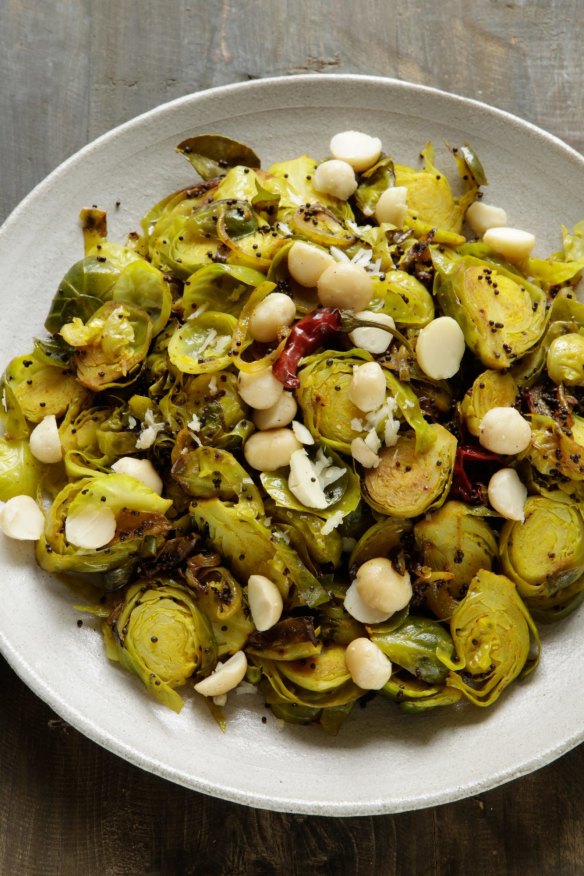
Mistry agrees that "really piquant spices go well with sprouts". A recipe in The Juhu Beach Club Cookbook pairs sprouts with a curry leaf ginger butter, and Mistry likes to play around with tempering spicier flavours, say from mustard or chilli, with tangy notes from tamarind and citrus.
"I would actually just use my mustard fenugreek spice blend, which has some heat but also a deep green herby-ness and some tartness," Mistry says, noting that old Indian cookbooks refer to sprouts as baby cabbages, and suggest cooking them as such. "They want spice," Mistry says, "They want tartness. They want flavour".
The Washington Post
The best recipes from Australia's leading chefs straight to your inbox.
Sign up- More:
- How to